The Words on Campus = Birds
by Marcia Wilson
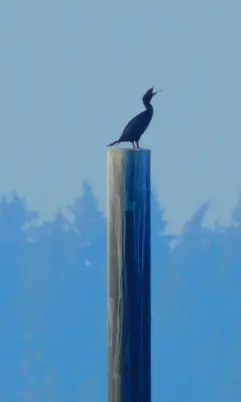
Birds for Using Our Words: Collective Nouns for Collective Thinking
When English is a second, or third, or even fourth language to learn, things can be confusing. Shared interests in hobbies are a favored way students, from novice to expert, use language to their benefit.
Over 46 million Americans consider themselves birdwatchers, and thanks to the uptick in social awareness, there are more safe-space opportunities inclusive of race, culture, language, and accessibility than ever before. Ten years ago, accessibility groups like Birdability didn’t exist, and too few people knew about the diversity promoted through BirdLife International. Birds are a wonderful way for people to get together, and a lot of the fun is learning the words that go with the birds. Being fluent in “bird talk” isn’t a bad way to be in touch with global affairs, as this form of eco-tourism funneled over 59 billion dollars in 2022–just in the United States alone. It is one of the fastest-growing forms of tourism and good news for the Pacific Northwest:
Tourism is the state’s fourth-largest industry after ICT, aerospace and forest products… ..Industry reports estimate that every dollar spent by a tourist creates $1.36 in additional economic impact. –From, “Choose Washington“
To this end, birds as a learning tool benefits a surprising number of people. And for the ESL students, some rules about birding make surprising sense: the term for a group of birds is called a collective noun, and is always used in the singular form; this reduces confusion in trying to remember the proper grammar. Also, the collective nouns usually have a traceable origin that appeals to logic.
Here are some examples:
Pot of Hawks, Meet Kettle
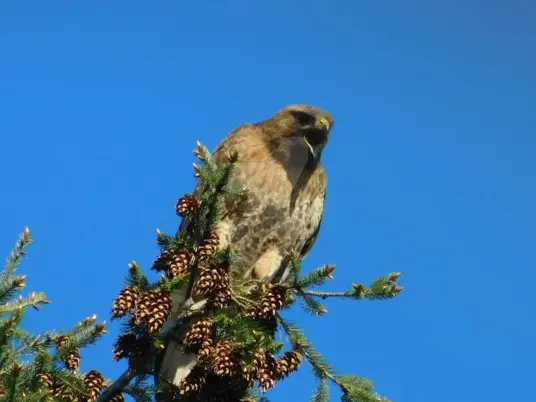
There are charming terms for plurality of many animals–a romp of otters, a party of jays? But in flight, birds can have a different word than for themselves on the ground.
When grounded and foraging for food, geese are called a “gaggle” but when in flight they are called a “wedge” because they fly in a V-shape, or a skein (because a distant ancestor thought their V-shaped flight patterns were like a dangling thread. For similar reasons, Hawks have different names according to their behavior. The word list so far is Aerie, Boil, Breast, Cast, Conspiracy, Cover, Dropping, Hover, Hunt, and Kettle. The most commonly known to the public is kettle because the pattern of hawks swirling and flying together as they seek thermal updrafts looks like they are being boiled in a kettle.
Ducks are called wedges and skeins in flight but on the ground and moving together they are a “waddle” or a “flock” and there is a third option, called “a raft of ducks” for when you see them swimming together.
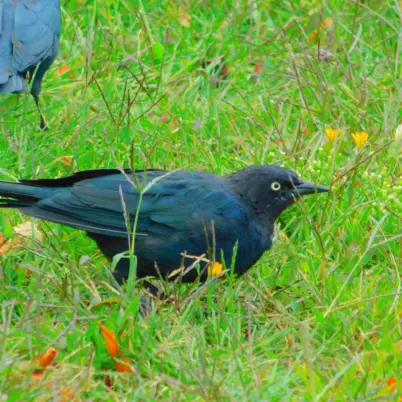
Basic Blackbirds
This photo shows one of our little Brewer’s Blackbirds foraging in the parking lot. Cloud and flock describes their potential for large numbers. A merl of blackbirds is just an older name for blackbird, but a grind of blackbirds is more subtle. Grind is an old European word meaning, “to scratch” and if anyone sees a group of blackbirds hunting for food, they are guaranteed the sight of much scratching and clawing upon the earth.
A Duet of Osprey
Ospreys are not like the other large, flesh-eating birds at CPTC. For starters, they live directly on campus on top of the radio tower. They are also, to put it politely, less social than their relatives. The males and females have different pitches when they call to each other, so it sounds like they are singing a duet. As a family group they are called a colony.
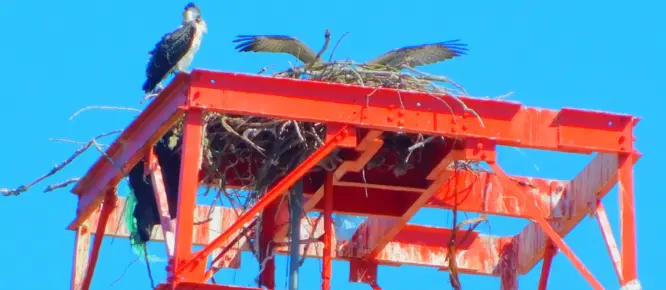
A Charm of Finches
The House Finch came here from California, thanks to unscrupulous petshop-traders capitalizing on their pretty feathers and soft song. They showed up in a lot of movies back in the 20th century, which is why the older Americans in some parts of the USA still call them Hollywood Finches. Native or not, they settled into Western Washington and are here to stay. The male in this couple’s portrait is scraggly from an aggressive bath in a puddle.
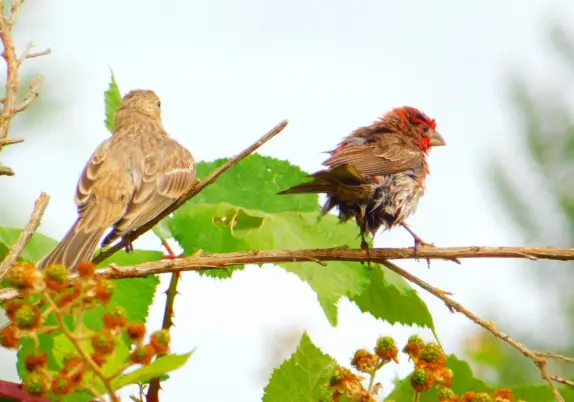
Collective noun collection could go on for days but the point is, birds and language share something precious: There is always something new to learn.